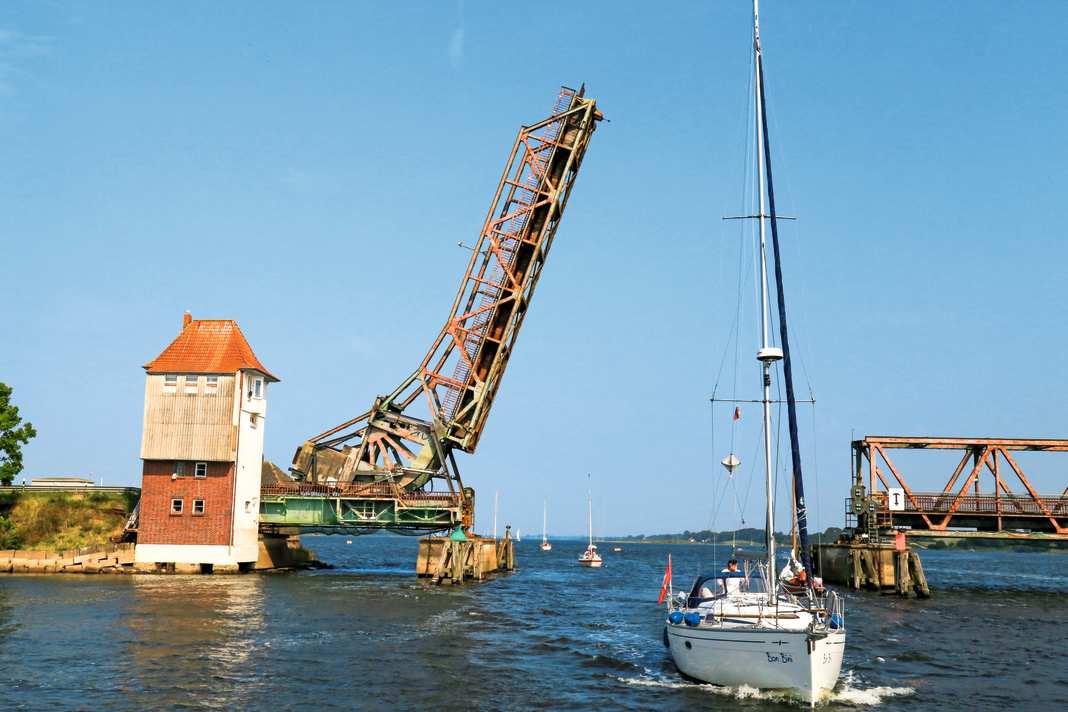Lindaunis Bridge: New construction postponed - new opening hours for ships
Nils Leiterholt
· 16.04.2024




DB has been working on the Lindaunis Schleibrücke bridge for some time. Work on the replacement of the bascule bridge over the Schlei near Lindaunis has been underway since autumn 2020. However, the new press release reveals that the current delay is not their responsibility.
Lindaunis Bridge: New guidelines make new construction more difficult
According to DB, the Federal Railway Authority is responsible for the new guidelines for railway bridges. The new requirements, which are intended to make the future Lindaunis Bridge more durable and safer, "will delay the commissioning of the new bascule bridge originally planned for 2025", according to the press release. According to the press release, the plans will have to be revised due to the new directive and extensive laboratory tests will have to be carried out on the material. Only then can the new construction be put out to tender.
The new tender is planned for this summer. However, it cannot be shortened in any way, as the tendering and awarding of contracts is carried out in accordance with EU law.
In its publication, the railway is confident that it will find a construction company for the new construction of the important Lindaunis Bridge by the end of the year. A provisional plan for when the new Schleibrücke bridge can be put into operation will then be published at the beginning of 2025. Until then, DB is already working on the substructure of the new bridge. Those responsible also expect that their construction project will not be able to be realised for the 84 million euros initially planned.
New opening hours for passage by boat
On Tuesday, it was published in the "Nachrichten für Seefahrer" that the temporary footbridge will be opened for shipping eight times a day for the time being. The openings will take place every hour on the half hour between 10.30 am and 5.30 pm. The Lindaunis Bridge can then be passed by ships for around 20 minutes.
When it opens, it will initially be open to shipping traffic heading towards Kappeln for ten minutes, after which ships travelling towards Schleswig will be able to pass the Lindaunis Bridge for ten minutes. There are signalling systems on the temporary bridge that regulate traffic by means of traffic lights and ensure compliance with the one-way traffic regulations.
